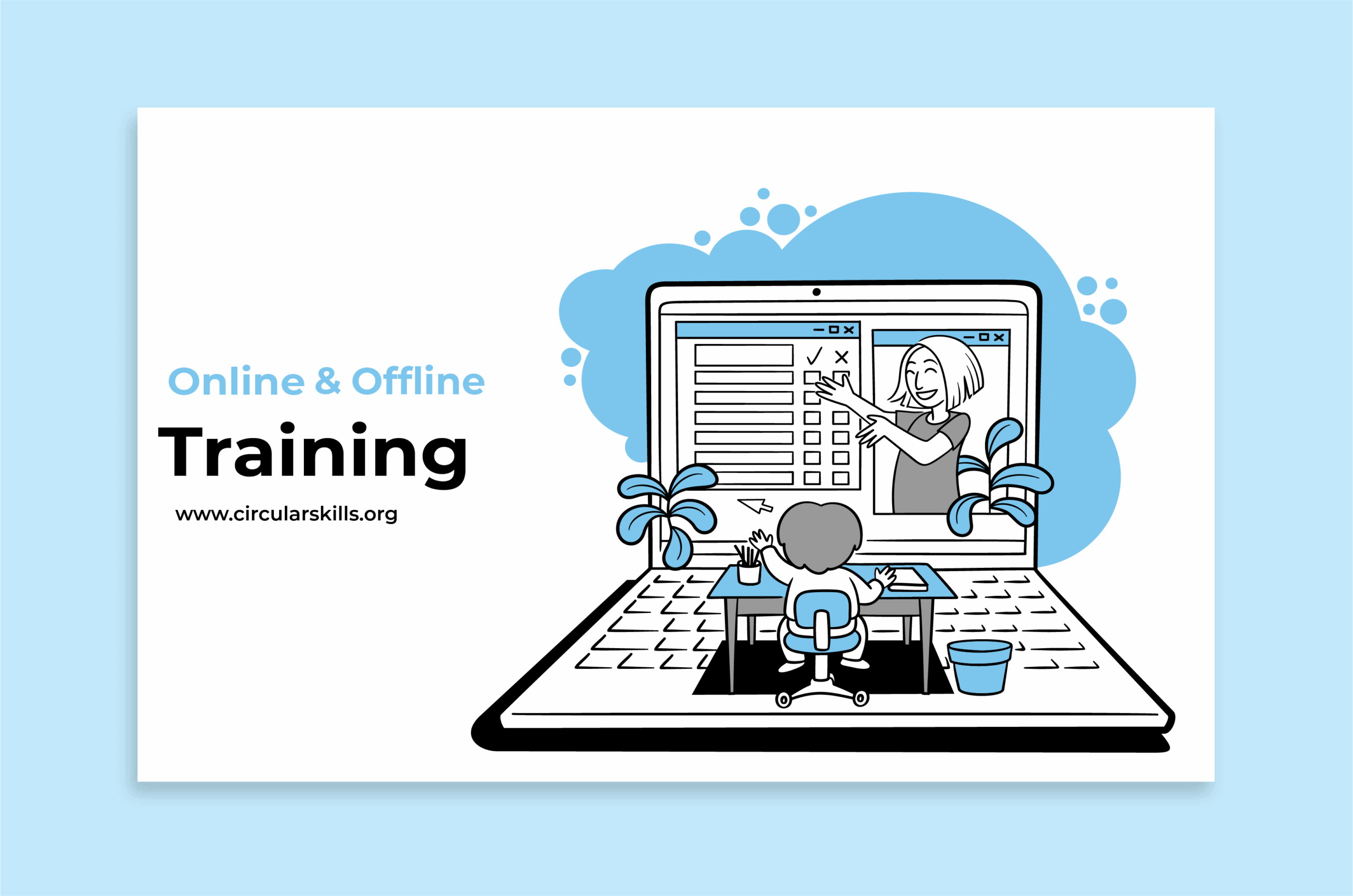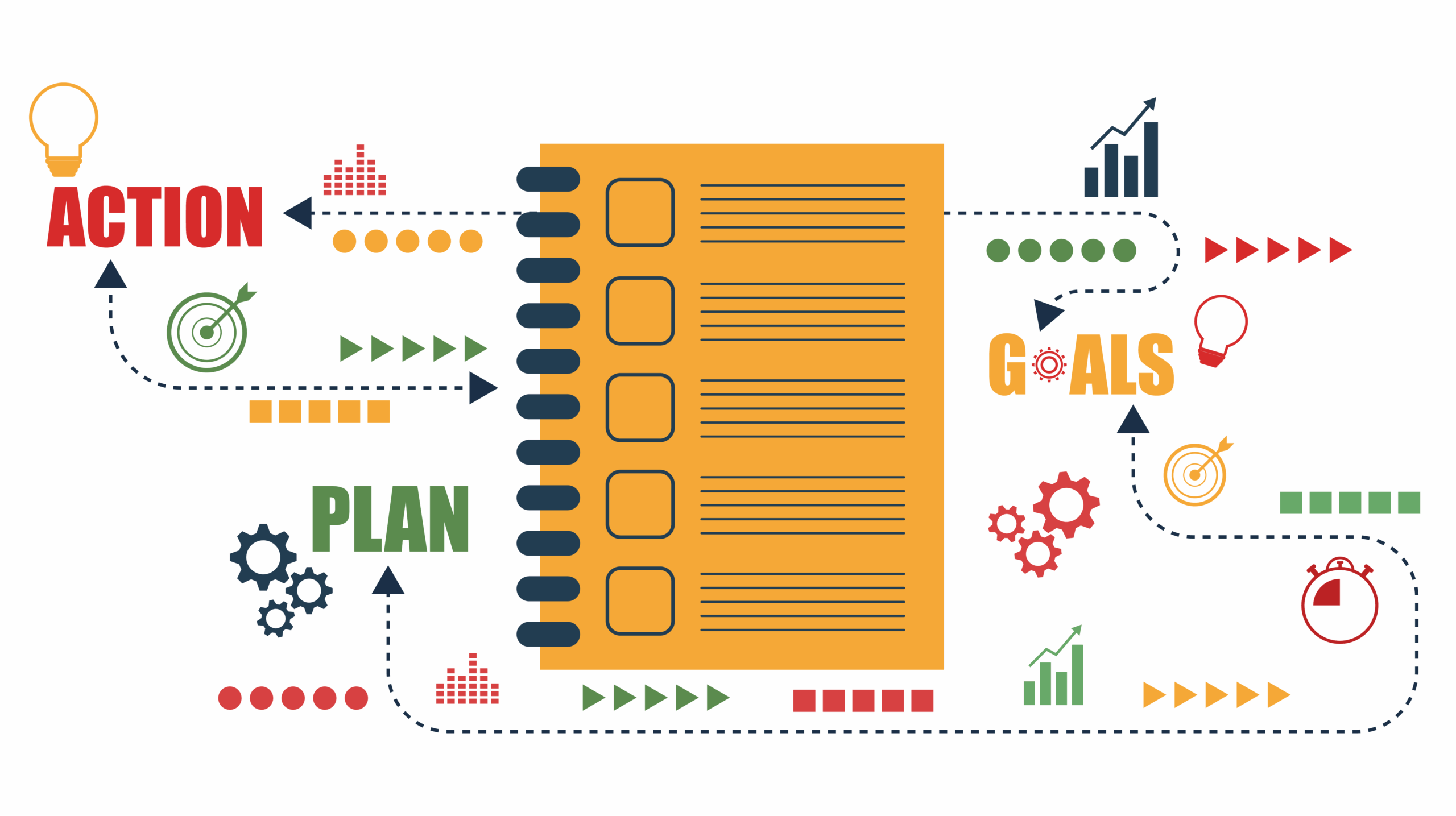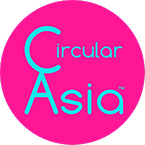Materials Management Skills Training

Are you managing your end-of-use-cycle materials correctly?
Materials Management Skills Training
The shift towards material management is coming. It is not recycling. We are running out of primary raw materials. The circular economy is fundamentally about resource management, which is achieved in two ways: (1) Product use-cycle extension; and (2) Material management. It requires us to value the materials that make up all the products we use and later dispose of. If handled correctly, these materials can be reprocessed, to become feedstock for new products.
What the course offers
This course is distinct in its focus on material management, not just recycling. Its goal is to develop a strategy that integrates a process for enhancing the management of end-of-use-cycle products, thereby preserving their material value. As the world undergoes rapid changes, we are finally coming to terms with a sobering reality: the primary raw materials we extract to manufacture our everyday products, which are a country’s natural capital, are not infinite.
You will discover the potential of secondary raw materials for reuse by the manufacturing industry. It will require you to go beyond recycling by following the value chain from the recycling bin to the reprocessing facility, turning it into a secondary raw material for reuse.

Create Your Strategy
This course gives you the tools to create a strategy to manage end-of-use-cycle materials, to be part of the circular economy.

Why take this course?
The use of secondary raw materials will become more common with manufacturers and brands. An economically viable secondary raw materials industry must evolve in order to complement the extractive industries (mining, forestry and drilling). In the Resource Recovery Skills Training course, participants create a strategy to improve resource management.
Manufacturers and brands can reduce their carbon footprint (subject to LCA analysis).
Less supply chain risk as raw materials are available domestically.
Limit primary raw materials usage by including more secondary raw materials
Increase the quality and quantity of securing end-of-use-cycle items through improved disposal behaviours.
Better positioned to meet biodiversity targets by curtailing primary raw material extraction.
What's the difference between recycling and materials management?
Recycling is an action
Materials management is an outcome requiring a strategy to fit an economically viable circular system
Course overview
Managing resources in a company are becoming standard practice as part of ESG reporting and reaching sustainability targets. Although many companies seek zero-waste solutions, the question is how many end-of-use-cycle items actually end up as secondary raw materials?


How the course works
Participants use nine cards to create their resource recovery strategy. Each card represents one requirement and aims to embed resource recovery as a permanent fixture into the standard operating procedures of a company.
Getting Started
Card 1: Introduction
Card 2: Team Building
Card 3: Collection
Card 4: Barriers & Enablers
Card 5: Targets & Milestones
Card 6: Promotion & Communication
Card 7: Feedback & Evaluation
Card 8: Staff Survey
Card 9: Making Mistakes
Course details and format
All in-person workshop participants will have access to online content, downloads, course reviews and quizzes. Contact our office via the Contact Us form for a copy of the course brochure and for any additional questions you may have.
In-person Training
One full-day session
All participants will have access to online content
Terms & Conditions Apply
Online Training
4 x 2-hour sessions
Live instructor with Q&A at the end of each session
Terms & Conditions Apply



